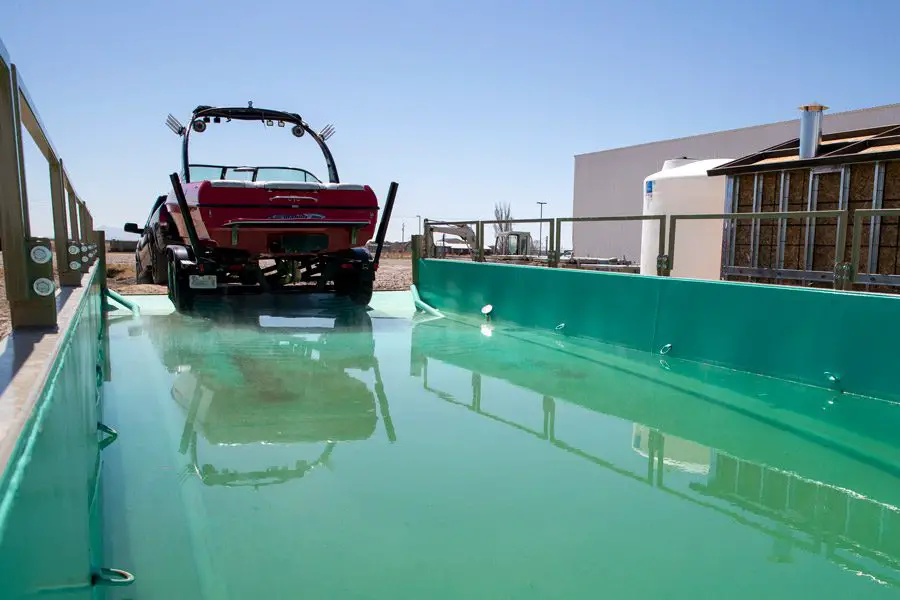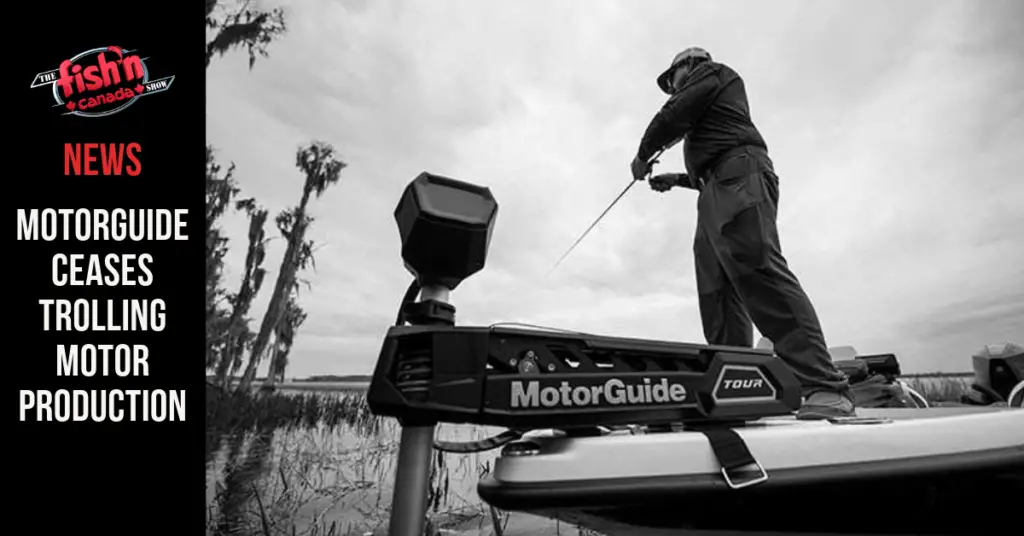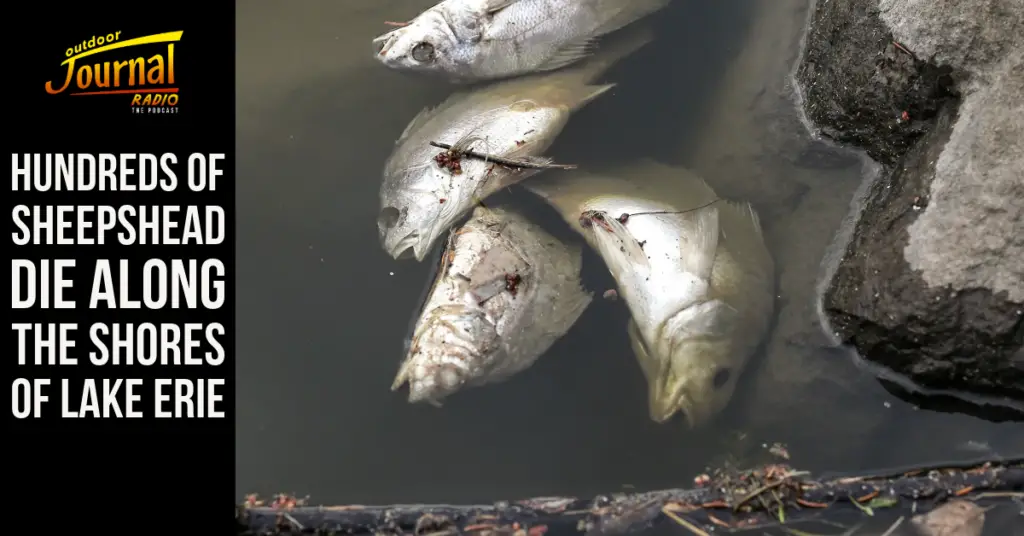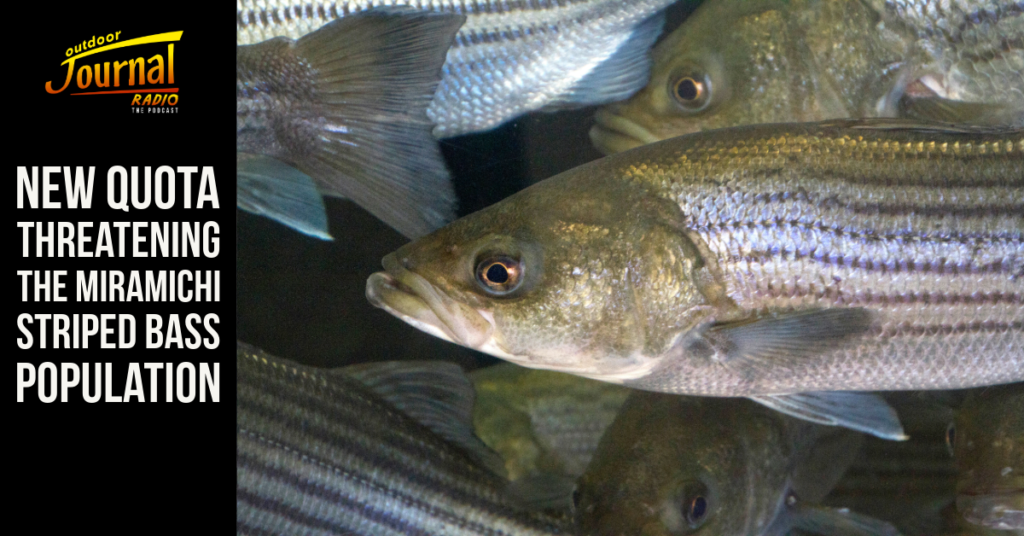It was in the late 1980’s that the discovery of Zebra Mussels was made in the Great Lakes. They came here from the Black and Caspian seas region in southeastern Europe, through the ballast water of big ships. As the ships discharged the ballast water, Zebra Mussels would as well be expelled into new waters.
As of 2020 in North America, Zebra Mussels have been found in the St. Lawrence River, the Great Lakes, Lake St. Clair, the Mississippi River watershed (which touches into southern Alberta & Saskatchewan) and Lake Winnipeg, the Red River, and the Nelson River.
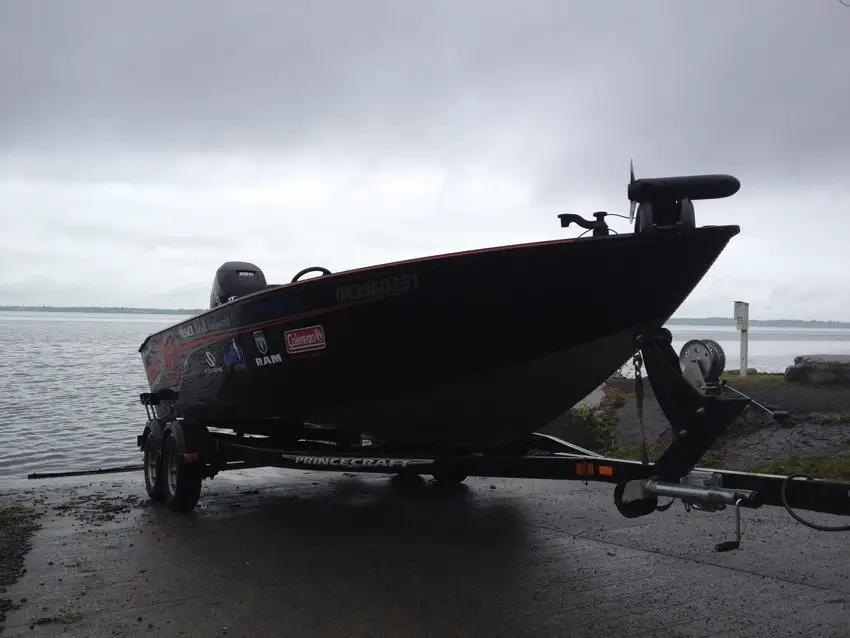
Almost since they were discovered, there has been a push towards helping to stop the spread of these prolific multipliers from lake to lake. One of the biggest contributors to this spreading is pulling a boat out of let’s say Lake Ontario for example, and then relaunching that same boat in a landlocked lake to the north. If that launch-ramp to launch-ramp timeframe is a short span, and Zebra (or Quagga) Mussels are attached to either the boat, the motor or the trailer, that could create a disastrous effect. It is much the same as the big ships.
WHAT IS BEING DONE TO PREVENT THE SPREAD OF ZEBRA & QUAGGA MUSSELS?

One method to try and prevent the spread is the “Clean, Drain, Dry” method. This suggests removing any mud, aquatic plants, other animals, and debris from “all” equipment that entered the waterbody before leaving the waterbody. Once removed thoroughly, dry your boat/motor/trailer and any equipment for at least five days before visiting another lake or river.
It’s a lot of work but it is a necessity.
Another method is the “Hot-water Spray Watercraft Validation”.
Essentially, this method uses an extremely powerful 3000-psi of hot water (much more effective than 1500-1800psi of an average consumer pressure washer) on the hull. With this method, it is important not only to remove the mussels, but also ensure they are dead.
NOTE: It is extremely difficult to remove every single mussel from an infested watercraft, be attentive and thorough.
THE LATEST IDEA
Which brings us to the reason this story is here. On Lake Powell in Utah, the fight against invasive Mussels has a new weapon. It’s a huge dip tank (feature image), large enough to hold a boat affixed to its trailer. This method can eliminate the invasive mussels in around ten minutes.
HOW IT WORKS
The method is simple and easy to do. Once off the lake, boaters back their whole rig, trailer-and-all, into the tank. There, water circulates at 110-degrees and runs through the boats bilge and ballast tanks (we are assuming that the boat drain plug is out, and all pumps are turned on). This performs a “flush” in where the hot water flows through the entire boat’s system, and then returns it back into the tank. This keeps the mussels from being transported away from Lake Powell. It’s brilliant, it’s simple and it seems to be working.
IS IT A GOOD IDEA TO BRING TO CANADA?
As far as we know, we have not found this system anywhere in Canada (if you have, please let us know). Our questions to are this: would you like to see this kind of flushing system incorporated in and around some of our nation’s boat launches and more importantly, would you take the time to do it?
We’d like to know.
Credit: KLSnewsradio



